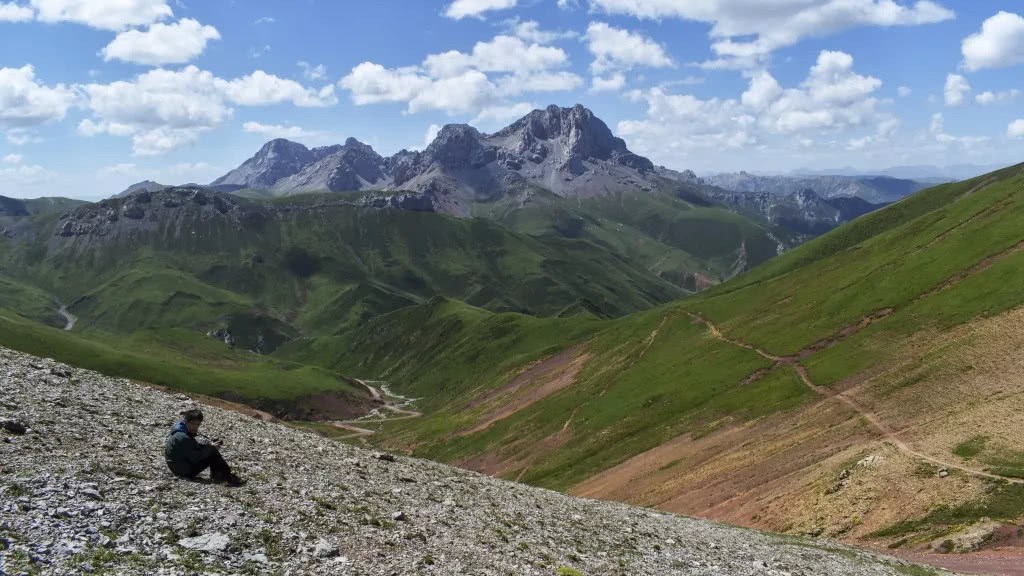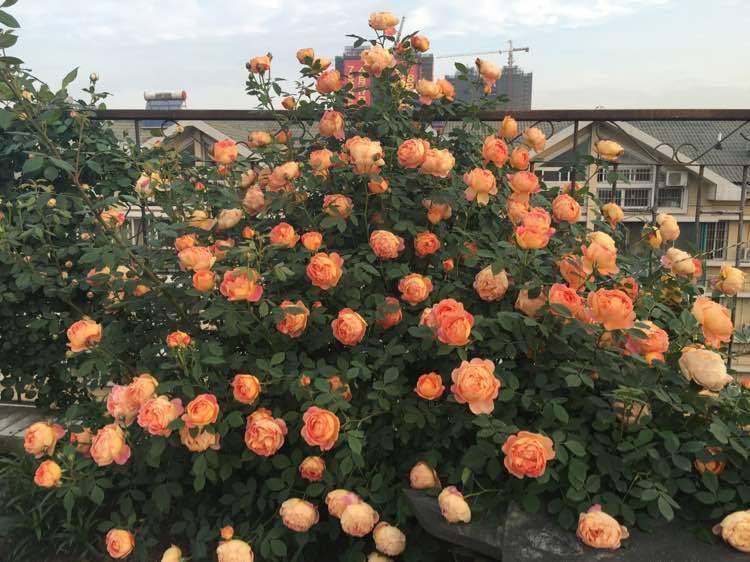Blooming alone with pale gravel and icy snow

Ye Zhengrong, a student of Shandong Agricultural University, is loyal to nature observation and dabbles in the identification of insects, birds, plants and moss. Of course, flower cultivation is my favorite. Personal official account: it is natural here
The day when the Ansai Nature observation Festival is drawing to a close (July 23? Having been dragged on for too long, we decided to look for plants on the rocky beach. The car talked about the beauty of this piece of flowing stone beach-the Tanggula sparrow flower.
Looking up from afar at Liushi Beach, there seems to be no life.
It's me.
With more than four thousand elevations and steep slopes, the way up the mountain is particularly difficult. What is gratifying is that there are all kinds of plateau flowers scattered among the rocks, including star plants such as snow rabbit and snow ganoderma lucidum.
At the top of nearly five thousand mountains, we met the Tanggula Finch, the ice fairy of the quickstone beach.
This is the first time I have seen this flower, and the plant grows green, fan-shaped leaves from the stiff rocks.
In my impression, the horticultural species of jade finches and the finches at lower elevations all look like dark blue flowers and a sequence of flowers. On the other hand, the Tanggula Finch is an alternative to the family, with a huge flower on a branch with a pure white on the front, corresponding to the surrounding gravel. And the blue-purple lines are full of flowers on the back, perhaps this is where its charming temperament lies.
The general appearance of a low-altitude Finch, blue, with long inflorescences
Tanggula Cui Finch, with large flowers, stands out.
It is really said that the most characteristic of the emerald Finch family is the extension of the upper calyx, a long distance. This distance already exists when it is still a bud, do you feel that the bud dragging a long distance is like a big tadpole?
In addition to being good-looking, it also makes me pay attention to the structure in the center of the flower-petals. Don't get me wrong, blue and white are not petals, but calyx. The shape and color of the petals are very interesting, much like a bumblebee collecting honey.
Do the furry petals look like bumblebees?
The low temperature on the plateau can no longer keep the bees alive, so it is up to bumblebees to collect honey and pollinate. Even at an altitude of more than 5,000 meters, they can still be found. The Tanggula Finch is not like some orchids who rely on the skill of empty gloves and white wolves to win the trust of insects. Bumblebees with honey stored in the distance for pollination.
The peculiar structure of the petals may be a conspicuous signal to tell the bear bee that there is honey in it.
The distance is full of nectar.
When we went down the mountain from another road, we found that although it was only 20 meters away, the roadside was full of Tanggula finches.
They are accompanied by pale gravel and cold snow, blooming proudly in the gravel wilderness, making people feel lonely. But we should be glad to have such a difficult environment, no one will intrude and take their lives, and only admirers like us will explore their beauty.
Author: Ye Zhengrong
Photo: Ye Zhengrong
This work is licensed under the (CC BY-NC-ND 4.0) license agreement.
Please keep the above statement when reproduced.
- Prev

The flowers you threw away were cut and sprouted crazily for a month. | A collection of flowers
Autumn is finally here! But looking at the flowers and plants that were devastated in summer, many flower friends disliked them very much and threw them away. But if I find your dying flowers! Divide it into two, make sure it is greener and greener than just a month later.
- Next

Fujimoto selects these beautiful and good-looking flowers for many seasons and a large number of flowers can give you a sea of flowers.
Guide green potted plants is a necessary embellishment of home life, raising some flowers and plants at home, many benefits, not only can beautify the room, but also happy mood. Huasheng potted Diary No. 1273 takes you to know several kinds of vines that are worth having.
Related
- Wuhan Hospital Iron Tree Blooming Result Was Instantly Frightened by the Gardener Master
- Which variety of camellia is the most fragrant and best? Which one do you like best?
- What is the small blue coat, the breeding methods and matters needing attention of the succulent plant
- Dormancy time and maintenance management of succulent plants during dormancy
- Minas succulent how to raise, Minas succulent plant pictures
- What are the varieties of winter succulent plants
- How to raise succulent plants in twelve rolls? let's take a look at some experience of breeding twelve rolls.
- Attention should be paid to water control for succulent plants during dormant period (winter and summer)
- Watering experience of twelve rolls of succulent plants
- Techniques for fertilizing succulent plants. An article will let you know how to fertilize succulent plants.

